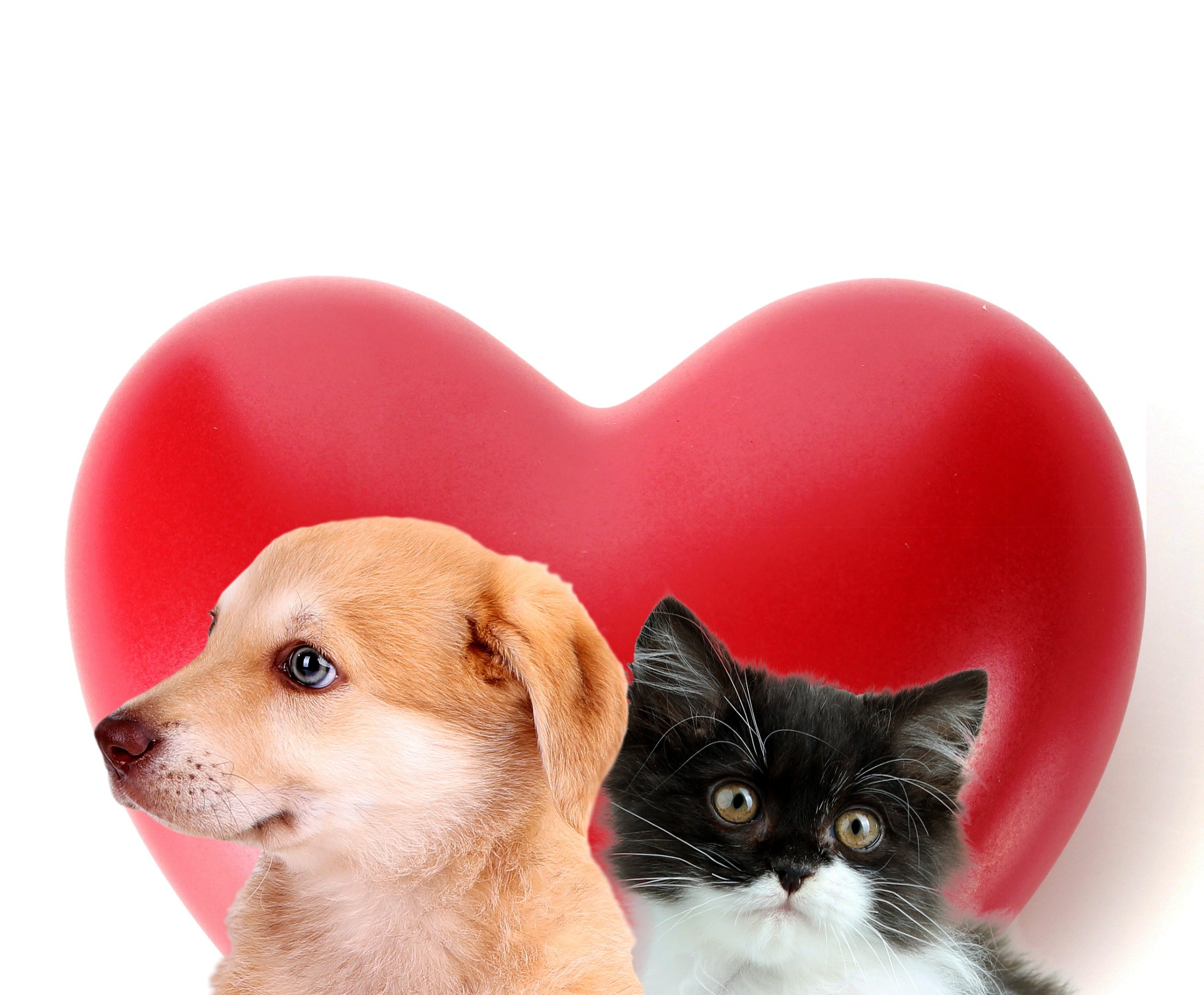What wet food is best for cats with kidney disease?

Written by Dr. Sarah-Jane Molier BVM&S MRCVS BSc (United Kingdom)
Sadly, kidney disease is very common in senior cats, in particular chronic kidney disease (or CKD). Unfortunately, there is no cure for chronic kidney disease, so treatment is aimed at both improving quality of life and slowing the progression of the disease. Diet is a very important, and clinically proven, part of the management of kidney disease. So, let’s explore what food is best for cats with kidney disease.
What is chronic kidney disease?
The kidneys have many important jobs within the body. They filter waste products from the blood, produce urine, produce some hormones, and they also play a role in maintaining fluid balance, electrolytes, pH, and blood pressure. In chronic kidney disease (CKD) there is an irreversible loss of kidney function over a period of time. This can be caused by cystic disease, infection, inflammation, toxins, tumours, or more commonly the cause can be unknown. CKD can happen at any age but usually occurs over the age of 7 years.
What are the symptoms of chronic kidney disease?
Symptoms of CKD include:
- Drinking and weeing more than usual (because the kidneys can no longer concentrate the urine)
- Lethargy
- Nausea and/or vomiting (since the kidneys can’t effectively remove toxic waste products any longer, so they build up in the bloodstream)
- Reduced appetite
- Weight loss
- High blood pressure
- Pale gums due to anaemia (a lack of red blood cells)
- Smelly breath
- A poor-quality coat
It is thought that up to half of cats over 15 years old will have some degree of CKD.
How is chronic kidney disease diagnosed?
CKD is diagnosed by a combination of blood tests and urine tests, and possibly some imaging of the kidneys. Blood tests detect toxic waste products building up in the blood, among other things. Urine tests assess how well the kidneys can concentrate the urine and check for infection. Your cat’s blood pressure would also need to be monitored.
How is chronic kidney disease treated?
Sadly, there is no cure for CKD, so treatment aims to improve quality of life and slow the progression of the disease. Amongst other things, this involves ensuring adequate nutrition, maintaining good hydration, normal electrolyte and pH balance, normal blood pressure, and minimising the toxic waste products building up in the blood. This is mainly achieved through a combination of diet and medications.
What can I feed my cat with kidney disease?
Feeding an appropriate diet is one of the most important aspects of managing CKD. So, what should we be looking for in a diet for a cat with CKD?
● Water
The kidneys control how much water there is in the urine. In a healthy cat who has not drunk enough water, the kidneys would concentrate the urine to compensate for the low water intake. This means they would keep more water in the bloodstream, rather than excreting it in the urine, to prevent dehydration. In CKD the kidneys’ ability to concentrate the urine in this way decreases, so the cat becomes gradually more dehydrated.
This means we need to make sure that cats with CKD are taking in plenty of water. Wet food is a great way of increasing water intake, since wet foods tend to contain around 75% water.
Wet food also tends to be more palatable, or tasty, than dry food. Plus, it smells better! This means that it’s better than dry food for cats with CKD, who may have a reduced appetite or be feeling nauseous.
● Phosphorus
Feeding a diet with restricted phosphorus is very important in CKD, since high levels of phosphorus in the blood (hyperphosphatemia) is associated with a faster rate of disease progression. It is estimated that more than 60% of cats with CKD have hyperphosphatemia.
Low-phosphorus diets can therefore limit further damage to the kidneys, and possibly prolong life expectancy. Low-phosphorus diets can also help to reduce nausea. Diets containing chicken and some types of fish as their protein source are often lower in phosphorus.
As a general rule, diets for cats with CKD should contain around 0.3-0.6% phosphorus on a dry matter basis.
Another option to reduce phosphorus content is by giving ‘intestinal phosphate binders’ by mouth, which your veterinarian may prescribe. However, giving anything by mouth to a cat with CKD can be very stressful for both the kitty and their pet parents! Adding something to the food of a cat who already has a reduced appetite may also put them off their food even more. So phosphate binders are often reserved for when blood phosphate levels increase despite a phosphorus-restricted diet, or for cats who will not eat a phosphorus-restricted diet.
● Protein
Adequate protein intake is essential to prevent muscle wastage and weight loss in cats with CKD. However, most of the toxic waste products circulating in the blood in CKD come from the breakdown of food protein, which the kidneys are no longer able to process. A build-up of these toxic waste products causes nausea and sickness.
We can reduce the waste products circulating in the blood, and therefore improve quality of life, by reducing the protein content of the diet. The key is to feed a diet with restricted protein (ideally 28–35% on a dry matter basis) but high-quality protein, which is easier to digest and will help to maintain muscle mass.
The amount of recommended protein will depend on what stage of CKD your cat is in. For example, cats in end-stage CKD should have much less protein in their diet than those in the early stages.
Reducing protein also helps to reduce the total phosphorus levels of the diet, since many meat-based proteins have a high phosphorus content.
● Calories
To compensate for the restricted protein, diets for cats with CKD often need to be calorie-dense. Higher calories compensate for the smaller appetite and help to reduce weight loss. Calorie-dense diets can also be more palatable and tend to smell better to our feline friends. The exact calorie needs will vary depending on your cat’s weight, body condition, and stage of CKD.
● Sodium
Diets high in salt are not suitable for cats with CKD, who need less than 0.4% salt content on a dry matter basis. Diets with mildly restricted sodium can help to manage high blood pressure associated with CKD.
Note: Zealandia does not include any salt in its recipes.
● Potassium
Low blood potassium levels, or hypokalaemia, is common in cats with CKD. This is because the kidneys are not working fully, so they excrete more potassium than they should. Because of this, some special kidney diets provide higher levels of potassium than regular diets. However, any potassium supplementation (either through the diet or by mouth) really ought to be tailored to each cat’s individual needs. This would be done by your veterinarian, who would take a blood sample to assess potassium and advise you if any supplementation is necessary.
● Omega-3 fatty acids
Omega-3 fatty acids are well known for their anti-inflammatory properties, and may well have a protective effect on the kidneys. Omega-3 fatty acids may help to maintain blood flow through the kidneys and to reduce inflammation. Ideally, a diet for a cat with CKD would contain good quality omega-3 fatty acids at 0.4–2.5% on a dry matter basis.
● Antioxidants
Antioxidants, such as vitamin C and E, may help to protect the kidneys against more damage.
● Fibre
Soluble fibre can help to promote healthy bacteria in the colon. This helps with the elimination of waste from protein breakdown, through the stool. It can also help to prevent constipation, which is very common in cats with CKD.
Final thoughts
If your cat has been diagnosed with chronic kidney disease, it is perfectly natural to feel anxious. Unfortunately, the prognosis for CKD is highly variable. Your veterinarian will be there to guide you through each stage and will advise you on how best to manage the disease.
The exact nutritional needs of cats with CKD will vary on a case-by-case basis. While all these nutritional guidelines are important, there is nothing more important than ensuring your cat is eating! If your cat is not eating, or is not eating enough, then the effects of weight and muscle loss will be worse than the effects of them eating their usual diet.
There are special kidney, or renal, diets formulated for cats with CKD. Some are even tailored to specific stages of the disease. However, some cats won’t eat specially formulated kidney diets. In this case, some ‘regular’ diets will also meet the criteria for cats with CKD. It’s important to check with your veterinarian if a particular diet is suitable for your individual cat’s needs.
----------------------------------------------------------------------------------------------------------------------------
Notes from the team at Zealandia:
Our canned food products contain 95% meat & organs (excluding water sufficient for processing). This is a typical summary of ingredients:
Deboned Meat: ~61.5%
Lamb Organs: ~30% (Liver, Lung, Green Tripe, Heart, Kidney, Plasma)
NZ Green Mussels: ~3%
Dried Yeast: ~3%
Vegetable Gums: ~1% (Guar Gum, Agar Agar)
Salmon Oil: ~0.5%
Vitamins & Minerals: ~1% (Calcium Carbonate, Potassium Chloride, Taurine, Choline Chloride, Iron Proteinate, Zinc Glycine Complex, Niacin Supplement, Alpha-Tocopherol Acetate, Sodium Selenite, Manganese Proteinate, Copper Glycine Complex, Thiamine Mononitrate, Calcium Pantothenate, Riboflavin, Pyridoxine Hydrochloride, Vitamin A Acetate, Biotin, Vitamin B12 Supplement, Calcium Iodate, Folic Acid, Cholecalciferol)
----------------------------------------------------------------------------------------------------------------------------
The Zealandia variant most suitable for cats with a history of chronic kidney disease is Lamb Pate.
Note: Zealandia Phosphorus Levels:
Beef: 1.6%, Brushtail: 0.9%, Chicken: 0.9%, Duck: 1.2%, Goat: 1.2%, Hoki Fish: 0.8%, Lamb: 0.7%, Salmon: 1.0%, Venison: 1.6%, Wallaby: 1.2%.
Zealandia Lamb is the best choice to feed a cat with kidney disease, as it has 0.7% Phosphorus, and 35% protein (on a dry matter basis).




